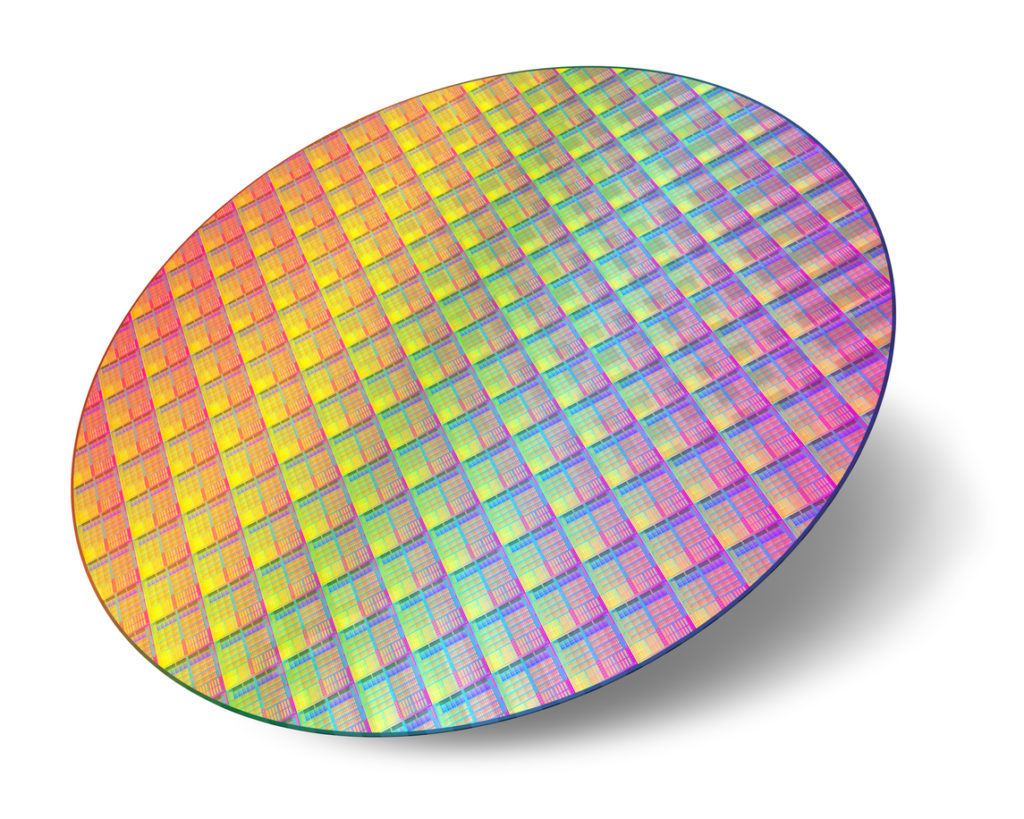Thanks to the tremendous technology development in the semiconductor industry, where the number of transistors per mm2 has increased by a factor of around 700,000 times in the last 50 years, the smartphones of today have close to 140,000 times more processing power than the onboard computer in the lunar module of Apollo 11 had in July 1969 when Neil Armstrong and Buzz Aldrin landed on the moon.
The evolution of semiconductor technology has until recently continuously followed Moore’s law (a statement by the Intel founder Gordon Moore, made in 1965, that the number of transistors on a die will double every 18-24 months). The process behind this evolution has been referred to as scaling i.e. advanced miniaturisation. With recent semiconductor technologies coming closer to the size of atoms, and pure scaling no longer possible, it had been predicted that semiconductor technology development would slow down. However, new innovative technologies which allow transistors to be stacked in both two and three dimensions have allowed technology development to continue at a significant pace. That situation is expected to continue well into the next decade as well.

When we consider wireless mmWave communication there are some parts in the analog domain of the radio that are bound by the laws of nature. For instance, when using analog or hybrid beamforming there is a need for analog phase shifters. These comprise of switches and various physical routings of conductors/wires on a PCB. Such elements are necessary in order to delay the signal and thereby ensure the coherent combining (referred to as beamforming) of signals received or transmitted from their respective antenna. Since the length of the wires in the phase shifters are directly proportional to the signal wavelength they cannot be scaled using more advanced RF technologies. That impediment to adopting advanced semiconductor technology is not the case in a digital beamforming radio architecture. Here the beamforming of signals is made in the digital domain and can therefore be scaled in size, resulting in enhanced performance, with more advanced semiconductor technologies.
BeammWave delivers a sustainable and scalable digital beamforming solution that will follow the technology progress of the semiconductors not only for the 5G era but also for the forthcoming 6G technologies.